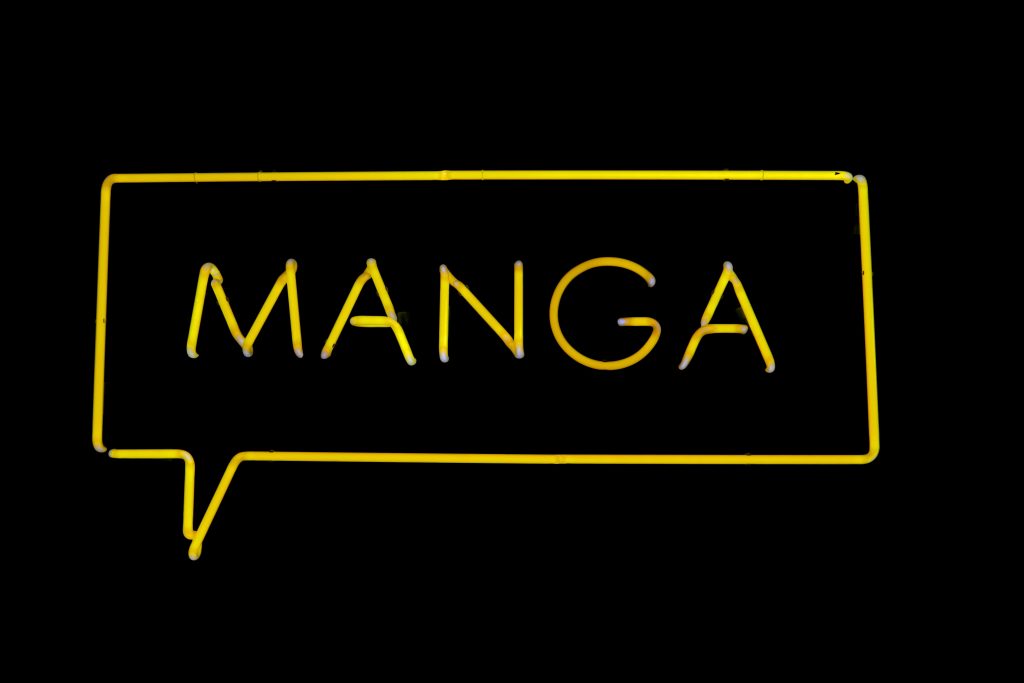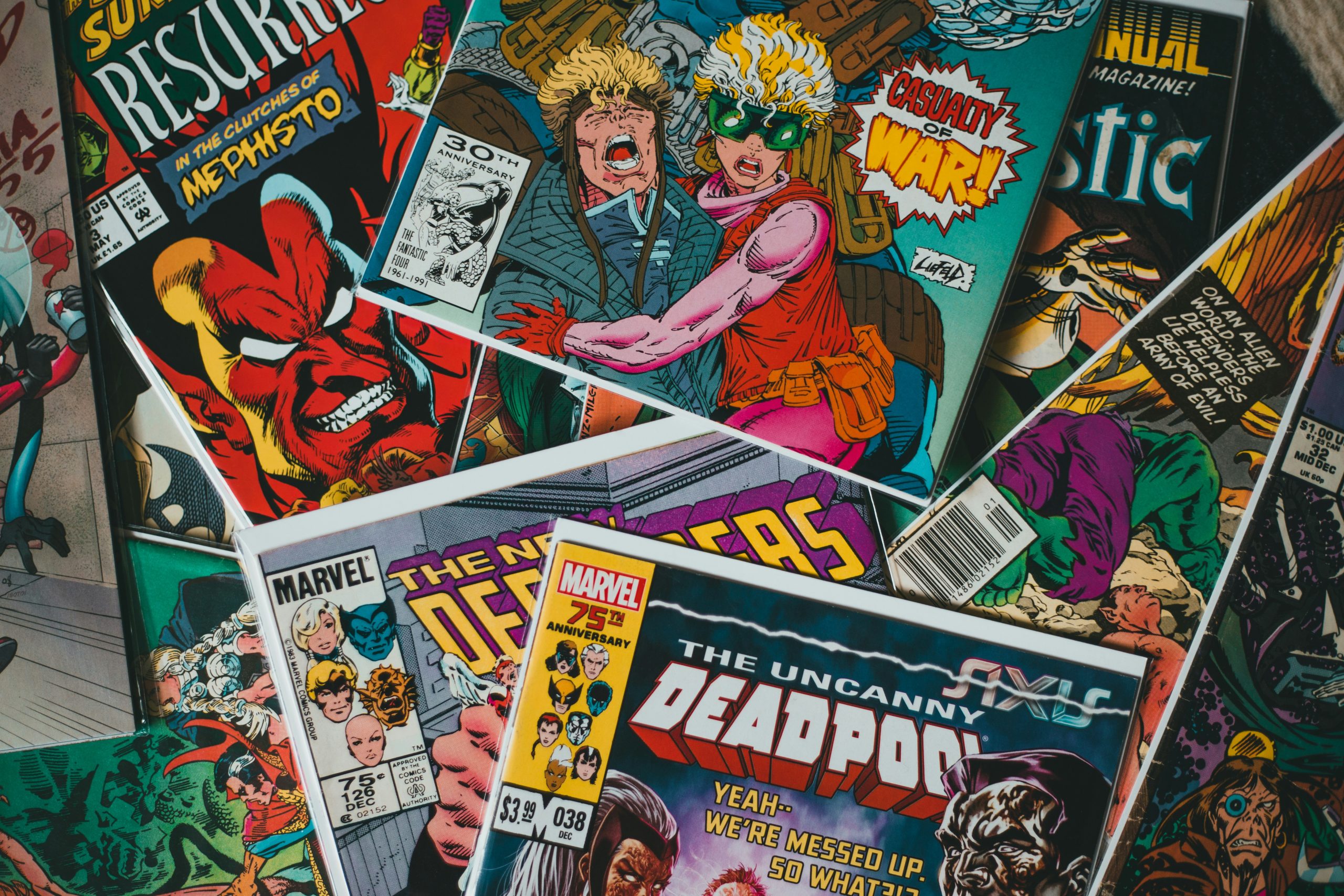
Introduction
Manga, the Japanese art form of comic books and graphic novels, has achieved global prominence, captivating millions with its unique storytelling and visual artistry. This article delves into the intricate world of manga, examining its history, cultural significance, genre diversity, and its far-reaching influence on both Japanese society and the global stage.
Historical Roots of Manga
Ancient and Feudal Japan
Manga’s origins can be traced back to ancient Japanese art forms such as emaki (picture scrolls) and kibyōshi (illustrated books), which combined images and text to tell stories. These early forms laid the foundation for manga’s development, with notable works like the Chōjū-giga (Scrolls of Frolicking Animals) from the 12th century showcasing a blend of humor and narrative through sequential art.
During the Edo period (1603-1868), the proliferation of ukiyo-e (woodblock prints) further influenced manga’s evolution. Artists like Katsushika Hokusai, who coined the term “manga” meaning “whimsical pictures,” created detailed sketches that captured a wide array of subjects, from everyday life to mythological scenes. Hokusai’s works are often considered a precursor to modern manga.
The Birth of Modern Manga
The modern form of manga began to take shape in the early 20th century, influenced by Western comic strips and the advent of mass-print media in Japan. However, it was after World War II that manga truly blossomed. Osamu Tezuka, often hailed as the “God of Manga,” revolutionized the medium with his innovative storytelling and cinematic techniques. His seminal work “Astro Boy” (Tetsuwan Atom) introduced dynamic panel layouts and deep, engaging narratives, setting the standard for future manga.
Manga’s Evolution and Diversity
The Golden Age and Genre Expansion
The post-war era marked the Golden Age of Manga, characterized by a surge in manga publications and the emergence of various genres. Weekly and monthly manga magazines became extremely popular, serializing chapters of ongoing stories that were later compiled into tankōbon (collected volumes). This period saw the birth of many genres, catering to different demographics and interests.
- Shōnen: Targeted at young boys, shōnen manga often features action, adventure, and coming-of-age themes. Iconic series like “Dragon Ball,” “Naruto,” and “One Piece” are quintessential examples of this genre, combining high-energy battles with emotional growth and camaraderie.
- Shōjo: Aimed at young girls, shōjo manga focuses on romance, relationships, and personal growth. Titles such as “Sailor Moon,” “Cardcaptor Sakura,” and “Fruits Basket” emphasize emotional storytelling and beautifully detailed artwork.
- Seinen: Intended for adult men, seinen manga covers a broad spectrum of themes, often with more mature and complex narratives. Notable series include “Akira,” “Berserk,” and “Ghost in the Shell,” which explore deep philosophical and societal issues.
- Josei: Targeted at adult women, josei manga often deals with real-life experiences, relationships, and personal challenges. Popular works like “Nana,” “Paradise Kiss,” and “Honey and Clover” offer realistic and nuanced portrayals of women’s lives.
- Kodomo: Designed for young children, kodomo manga features simple, educational, and entertaining stories. Series like “Doraemon” and “Pokémon Adventures” are beloved by younger audiences for their engaging and accessible narratives.
Cultural Significance and Societal Reflection
Manga as a Mirror of Society
Manga serves as a reflective medium, capturing the zeitgeist of different eras and societal concerns. It addresses a wide array of social issues, from mental health and gender identity to environmental conservation and technological advancement. Manga like “Attack on Titan” explores themes of freedom, oppression, and the human condition, resonating with readers on a profound level.
Educational and Didactic Roles
Beyond entertainment, manga plays a significant educational role in Japan. Gakushū manga (educational manga) covers subjects like history, science, and literature, making learning more engaging and accessible. These educational comics are often integrated into school curricula, providing students with a fun and effective learning tool. For example, the “Manga de Dokuha” series adapts classic literature into manga form, making complex texts like “The Tale of Genji” and “Don Quixote” more approachable for younger readers.
Global Influence and Adaptations
International Appeal and Adaptation
Manga’s global appeal has grown exponentially, with translated versions available in numerous languages. The rise of digital platforms has further facilitated access to manga worldwide, allowing fans to read their favorite series online. Manga conventions, such as Comic-Con and Japan Expo, celebrate this art form, drawing thousands of fans and fostering a sense of community and cultural exchange.
Many popular manga series have been adapted into anime, live-action films, and TV dramas, extending their reach and influence. Anime adaptations like “My Hero Academia,” “Death Note,” and “Attack on Titan” have achieved international acclaim, bringing manga stories to a broader audience and showcasing the versatility and depth of the source material.
Influence on Global Media
Manga’s influence is evident in various global media, inspiring artists, filmmakers, and writers worldwide. Western comic book artists and animators often draw inspiration from manga’s unique storytelling techniques and visual styles. This cross-pollination has led to a richer, more diverse global media landscape, with manga’s impact visible in everything from Hollywood films to independent comics.
The Art and Craft of Manga
Visual Storytelling Techniques
Manga’s visual storytelling is distinguished by its expressive characters, dynamic action sequences, and meticulous attention to detail. Artists use varied panel layouts to control the pacing and flow of the story, creating a rhythm that guides the reader through the narrative. Splash pages and two-page spreads are used for dramatic moments, giving significant impact to key scenes.
The use of speed lines to convey motion and action is a hallmark of manga, particularly in action genres. Sound effects (onomatopoeia) are integrated into the artwork, enhancing the sensory experience and adding to the immersion. This blend of visual and textual elements makes manga a uniquely engaging medium.
Symbolism and Artistic Innovation
Manga often employs symbolism and metaphor to convey deeper meanings and themes. Characters may be designed with particular visual motifs that reflect their personality or role in the story. Environmental and background art also plays a crucial role in setting the tone and mood, enhancing the reader’s immersion in the story world.
Innovation and experimentation are hallmarks of manga. Artists continually push the boundaries of the medium, exploring new genres, styles, and narrative structures. Avant-garde works like “Blame!” by Tsutomu Nihei and “Akira” by Katsuhiro Otomo challenge conventional storytelling, offering complex, dystopian worlds that provoke thought and imagination.
Challenges and Future Prospects
Industry Challenges
Despite its success, the manga industry faces several challenges. The rise of digital media has led to declining print sales, posing a threat to traditional manga publishers. The intense competition and demanding schedules can take a toll on manga artists, leading to issues such as burnout and health problems.
Piracy remains a significant issue, as unauthorized scans and translations of manga circulate online, impacting revenue and the livelihoods of creators. Efforts to combat piracy and promote legal access to manga are ongoing, with publishers exploring new business models and digital distribution methods.
The Digital Revolution
The digital revolution has transformed the manga industry, offering new opportunities for distribution and engagement. Digital platforms like ComiXology, Manga Plus, and Crunchyroll Manga provide legal, accessible ways for fans to read manga online. These platforms not only combat piracy but also reach new audiences, ensuring the sustainability of the industry.
Technological advancements such as augmented reality (AR) and virtual reality (VR) are beginning to find applications in manga, offering new ways for readers to engage with their favorite stories. These innovations, combined with the enduring appeal of manga’s storytelling and artistry, ensure that manga will continue to evolve and thrive in the digital age.
Conclusion
Manga is a multifaceted and dynamic art form that has captivated audiences for generations. Its rich history, diverse genres, and profound cultural impact make it a unique and influential medium. From its early beginnings in ancient Japan to its current status as a global phenomenon, manga has continually evolved, reflecting and shaping the societies in which it thrives.
As manga continues to adapt to new technological and cultural landscapes, it will undoubtedly remain a vital and beloved form of storytelling, bridging cultures and generations through the universal language of art and narrative. Whether as a source of entertainment, education, or social commentary, manga’s enduring appeal and impact are testament to its unique place in the world of literature and art.
